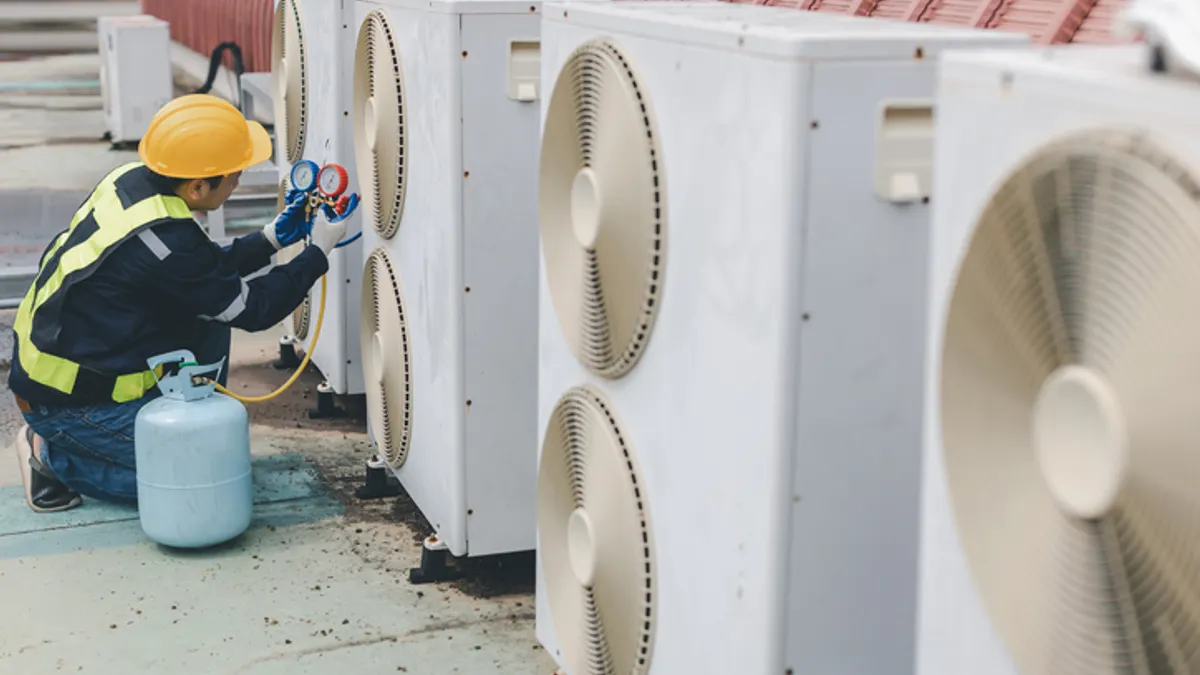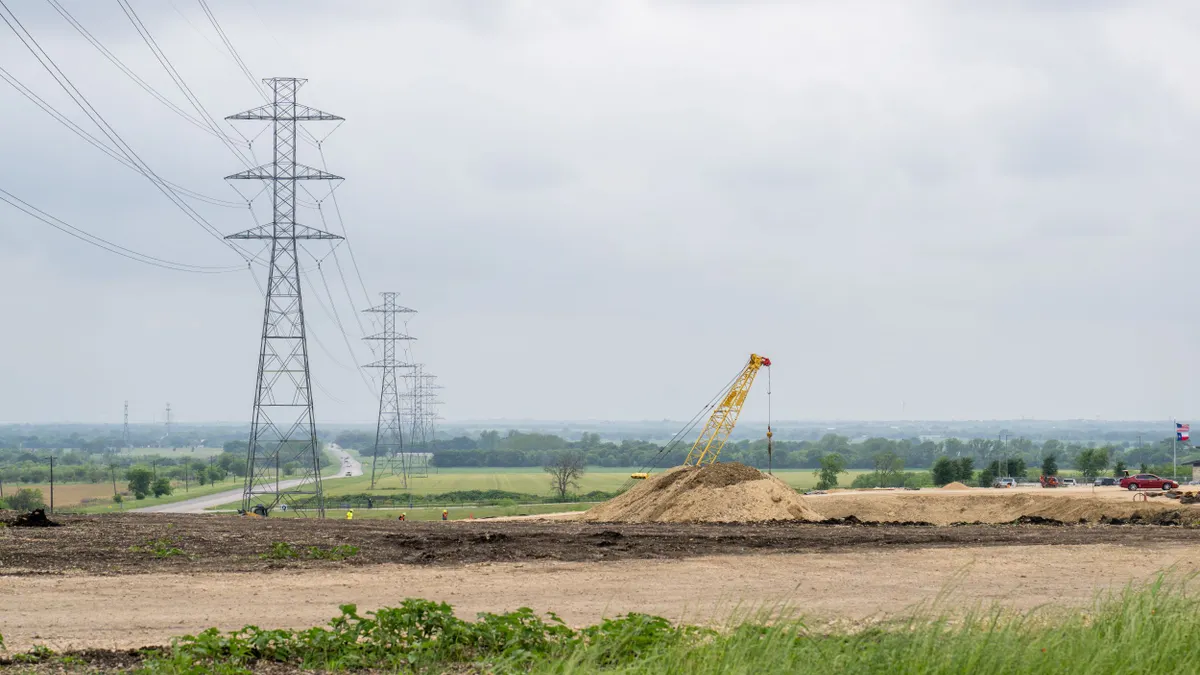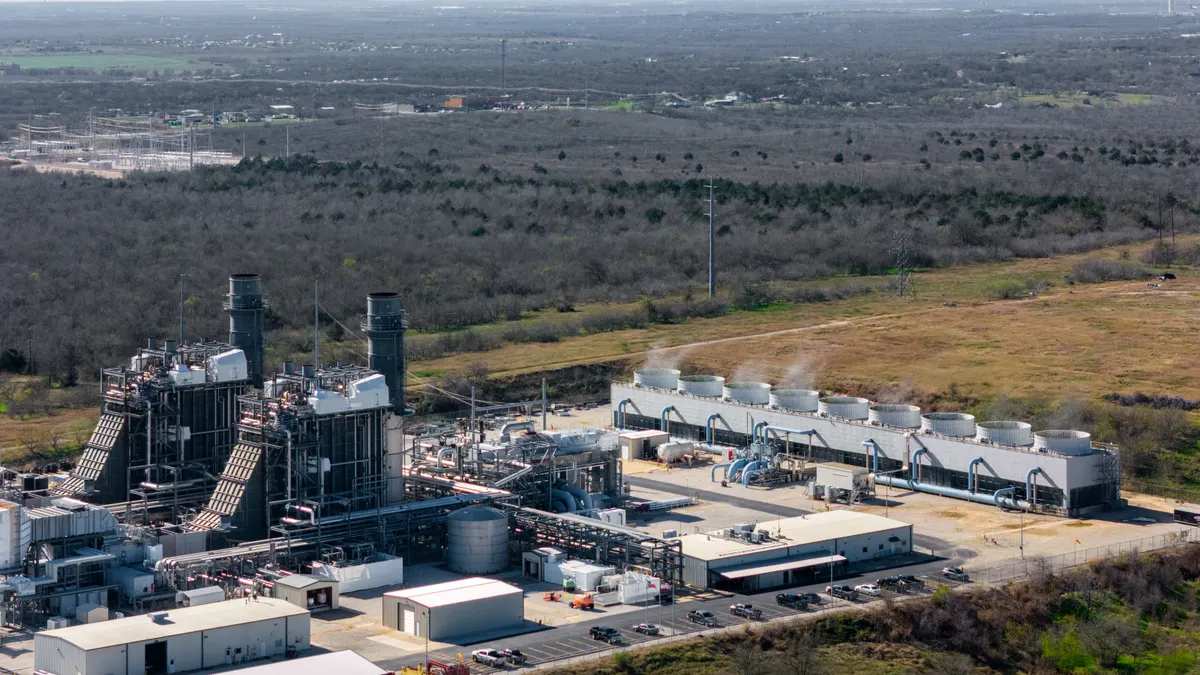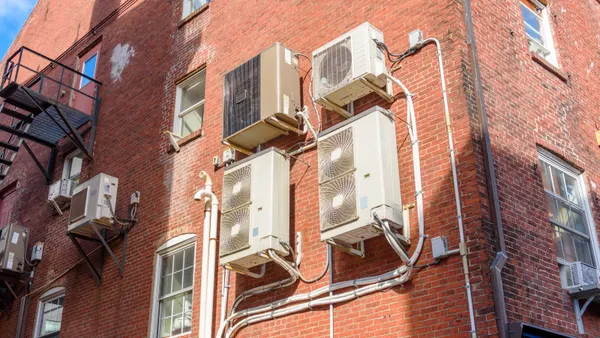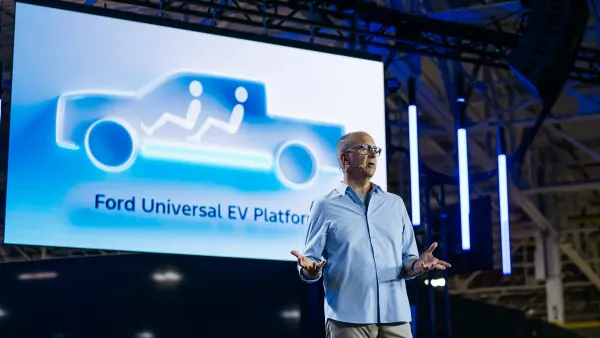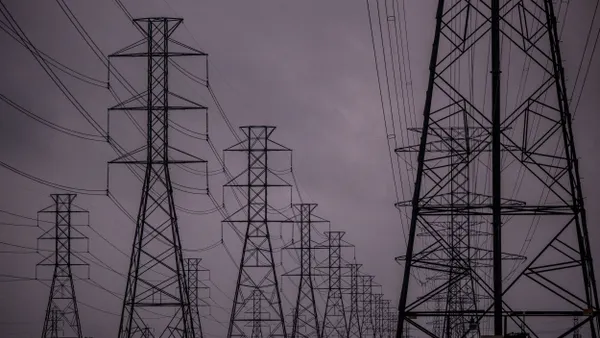HVAC and other industry groups are trying to retain a federal incentive for making commercial buildings more energy efficient after the U.S. Senate eliminated the Section 179D Energy Efficient Commercial Building Deduction in the 940-page domestic policy bill it passed Tuesday morning.
“Section 179D … helps HVACR contractors, building owners, and the broader skilled-trades community improve energy efficiency and strengthen America’s built environment,” Air Conditioning Contractors of America said in a letter to congressional leaders last week. The group shared a summary of the letter on its website.
The provision lets owners deduct more than $1 per square foot on their federal taxes for installing LED lights, replacing old HVAC systems and making envelope renovations that improve the efficiency of their buildings. The deduction can increase to more than $5 per square foot if prevailing wage and other labor requirements are met. Supporters say the deduction has grown in value in amendments Congress has made to it since its enactment in 2005.
“Section 179D is no longer a niche benefit — it is a mainstream, high-impact opportunity when making energy-efficient upgrades,” Carey Heyman and Agatha Li of accounting firm CliftonLarsonAllen say in an information page on the provision.
In their article on the program, the accountants said they worked with a company last year that owns a 250,000-square foot Class A office building. The company was able to get a $3-per-square-foot deduction — $750,000 total — after installing LED lights and upgrading the HVAC system while achieving compliance with prevailing wage standards.
“This deduction significantly reduced the firm’s taxable income, offset the capital improvement costs, and increased the building’s appeal to sustainability-conscious tenants,” the accountants said.
In a letter last week to congressional leaders, the Sheet Metal and Air Conditioning Contractors' National Association called the deduction the most important of several provisions it would like to see preserved in the final bill.
“At a time when inflation, material tariffs, and policy uncertainty are slowing project announcements and disrupting the construction economy, eliminating or curtailing energy efficiency incentives like 179D would be both untimely and damaging,” SMACNA said in its letter. “Section 179D is also aligned with national energy goals. It helps reduce energy demand on urban power grids, lowers long-term building operating costs, and promotes infrastructure resiliency.” SMACNA’s letter was reported by ACHR News.
For all the disruption that would be caused by eliminating the provision, Congress would only generate a small amount of money, the group said.
“Weakening this provision would deliver only minor budget savings while severely disrupting private-sector projects that drive significant economic and energy efficiency benefits,” it said.
The International Association of Sheet Metal, Air, Rail, and Transportation was a co-signer of the letter.
The deduction is preserved in the version of the bill passed by the House in May. The House must agree to the Senate version before the final bill can go to the President for signing. If the House retains the deduction or otherwise disagrees with some of the Senate provisions, the bill must go back to the Senate for consideration. President Trump has said he’d like to see the bill completed by July 4.



